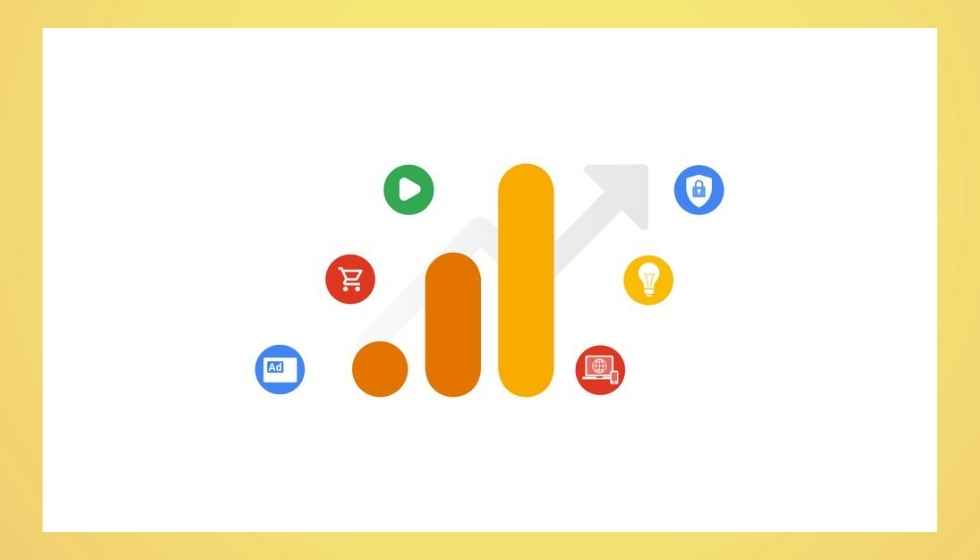A few months ago, Google announced that as of July 1, 2023, it would no longer process data using the standard Universal Analytics properties. Instead, the data will flow through Google Analytics 4.
This change in analytics properties will surely mean a significant difference in data collection, storage, and filtering.
So now, all eyes are on Google Analytics 4. But what is Google Analytics 4, and how will this change affect your business?
What is Google Analytics 4?
According to Google, GA4 is an entirely new data model that will measure data next July 2023. However, like other analytics properties, GA4 will build on components of Google’s ecosystem to help improve efforts. Current marketing.
Preview of what’s new in Google Analytics 4:
- Its core is machine learning, which enables it to provide reliable reports and perform predictive analytics.
- It will collect data from web pages and apps using login data, leading to a better understanding of the customer experience across different channels.
- It will prioritize customer privacy and will work with or without cookies.
- It will be event-based rather than session-based data.
- It will have improved measurements of user actions such as downloads, video views, scrolling, page search, outgoing clicks and page views, less web page tag updates.
- Custom channel groupings will no longer work in Google Analytics 4, so marketers must have a disciplined approach to measuring channel performance.
With these details, it’s safe to say that Google Analytics 4 is not simply an update but an entirely new data collection, storage, and filtering model. And companies must be prepared for the changes.
How Will Google Analytics 4 Affect your Business?
Because Google Analytics 4 is an entirely new model, companies should start preserving historical data before Google implements the change to analytics properties in 2023.
Also Read: How to Recover Deleted Data
Fortunately, there is enough time to study the new analytical properties and collect data. Companies can easily do this by setting up a new Google Analytics 4 property and running it in parallel with Universal Analytics, a step that involves dual tagging. It is necessary to point out that this action will not damage any data.
Therefore, through this process, companies can save historical data and learn about the new data model at the same time. It will also help make a smooth transition from Universal Analytics to Google Analytics 4 so businesses can easily use it to improve their marketing strategies and transform customer journeys.
What are the Benefits of Google Analytics 4?
Staying one step ahead of Google Analytics 4’s rollout next year will surely help marketers feel more comfortable when the time comes for Google to make it the default option.
With all the new things it brings, here are the specific benefits businesses can reap:
- It offers more privacy for customers: If there is something that consumers want to protect more is their privacy. And Google Analytics 4 allows it. When companies switch to this new model, customers will find them more secure and believe that they comply with privacy rules. However, it does not mean companies lack data for better marketing strategies, as Google Analytics 4 has innovative tracking features.
- Provides a better visualization of the customer journey: With the way Google Analytics 4 focuses on interactions on web pages across different platforms, it will be easier for businesses to view events and analyze data for a better and more accurate understanding of customer journeys.
- It enables marketers to view user-centric reports: Because Google Analytics 4 will focus on user engagement and provide new “Lifecycle” and “User” sections, businesses can drill down into the customer journey and analyze data based on acquisition, engagement, monetization, and retention. as well as demographics and technology. Also, there will be no more worry about bounce rate as it is replaced with user-based metrics that will help predict customer action more accurately.
- It will lead to more relevant audiences for marketing campaigns: The new analytics properties present robust metrics, driving relevant audiences against companies’ ad campaigns. It is essential to mention that collecting data across different platforms can complete the customer journey, resulting in better returns, especially when it comes to a company’s ROI. Google Analytics 4 reports the potential revenue businesses can earn from a group of customers through predictive metrics. Therefore, they can easily optimize for that group and achieve better results.
- It is easy to set up and use: Due to the lack of complex code requirements, it won’t take long for businesses to get Google Analytics 4 set up and comfortable with the new metrics. This feature helps businesses that use third-party sites for transactional purposes by making the process more manageable. Setting up for tracking is also much easier with Google Analytics 4.
Ultimately, businesses will benefit significantly from the new analytical properties in Google Analytics 4 to improve marketing performance and optimize the customer experience. Therefore, being prepared and familiar with Google Analytics 4 before it comes into play is the best business decision today.
Also Read: How to Find Lost Smartphone
